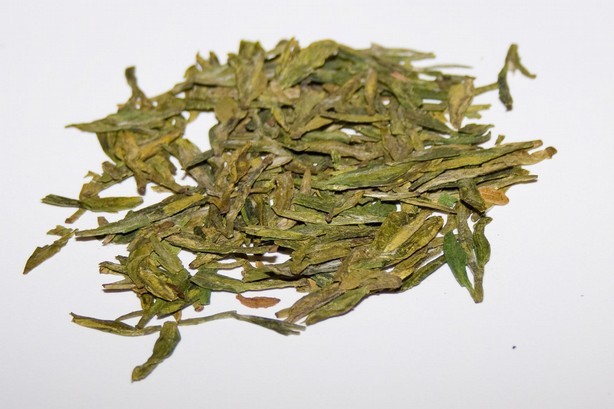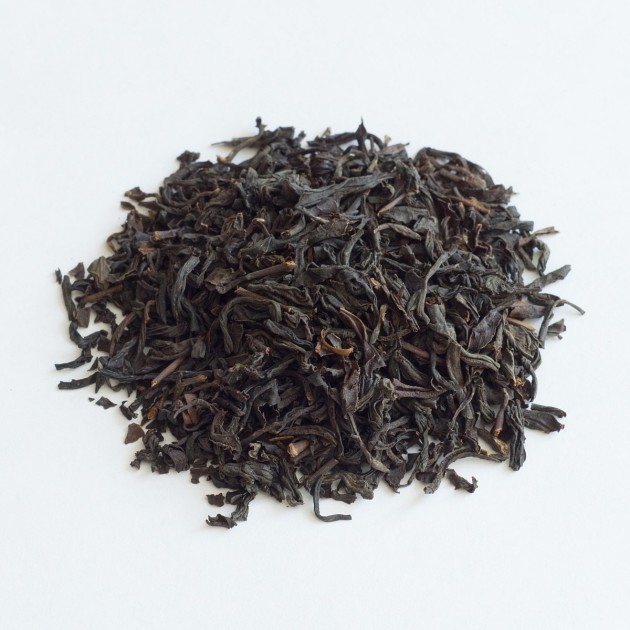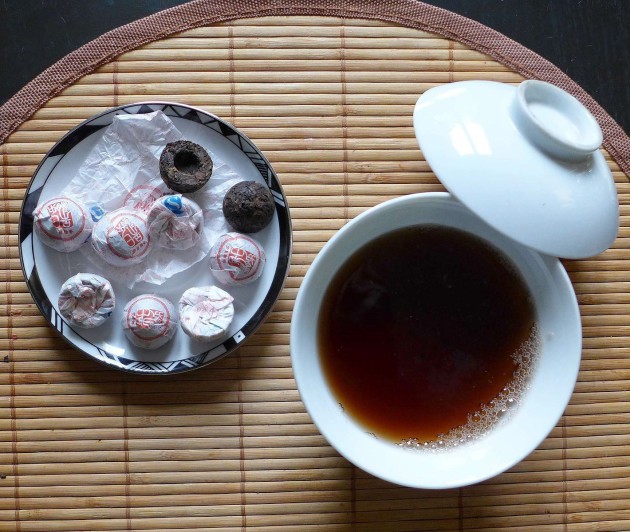The 6 types of tea
You will now discover that there are different types of tea, six in total. We are talking about the colors of tea, since each type of tea is named after the color that characterizes it. However, you will also see that whatever the color of the tea, its origin is the same, Camellia Sinensis, only the method of processing the tea leaves changes. In other words, the same tea leaf that is plucked can become a white tea or a green, black tea...
White tea: Just picked, it is withered in the sun and then dried in the oven.
It is the least oxidized type of tea (around 12%) whose leaf undergoes the least complex transformation. Nevertheless, this processing method is delicate to master.

Green tea: The green tea leaf has not been oxidized.
Immediately after harvesting, it is simply withered, then rolled before being heated to stop the natural oxidation process:
● The Chinese method consists of heating the leaves at a high temperature, in a wok, for example.
● The Japanese method uses hot steam.

Yellow tea: This color of tea is rather rare (and therefore often expensive). Only the buds of the tea plant are transformed into yellow tea (which also explains the price of this type of tea).
The tea leaf is processed with the same treatment as a green tea before undergoing a light fermentation under a layer of straw.

Oolong: this is a type of semi-oxidized tea. It's also called Wulong tea.
The desired degree of oxidation is obtained by stopping the oxidation at the appropriate time. This results in oolong teas close to green teas (between 10 and 30% oxidation) to teas closer to black teas (up to 70% oxidation).
The most famous oolong teas are produced in China and Taiwan and their shapes vary, they can be rolled into a ball or not.
Black tea: Type of tea obtained by complete oxidation of the tea leaf.
Westerners call it black tea in reference to the color of the completely oxidized leaf; whereas the Chinese call it after the color of its liquor (the result of the infusion): red tea.
Westerners call it black tea in reference to the color of the completely oxidized leaf; whereas the Chinese call it after the color of its liquor (the result of the infusion): red tea.
Picture: blackTea.jpg
Dark tea: It is a type of post-fermented tea, also called Pu Erh or Pu Er. It is often found compressed in different forms (cakes, balls, nests, braids, ...), but it can also be presented loose.
Two methods of preparation exist and allow the production of raw or cooked dark teas.
Its fermentation is obtained by maturation in a cellar or by accelerated ageing (steeping in a humid environment). Whatever the process used, it gives the Pu Erh notes of undergrowth, even animal notes that may surprise the most novices.
Moreover, this type of tea is the only one that improves with age.


